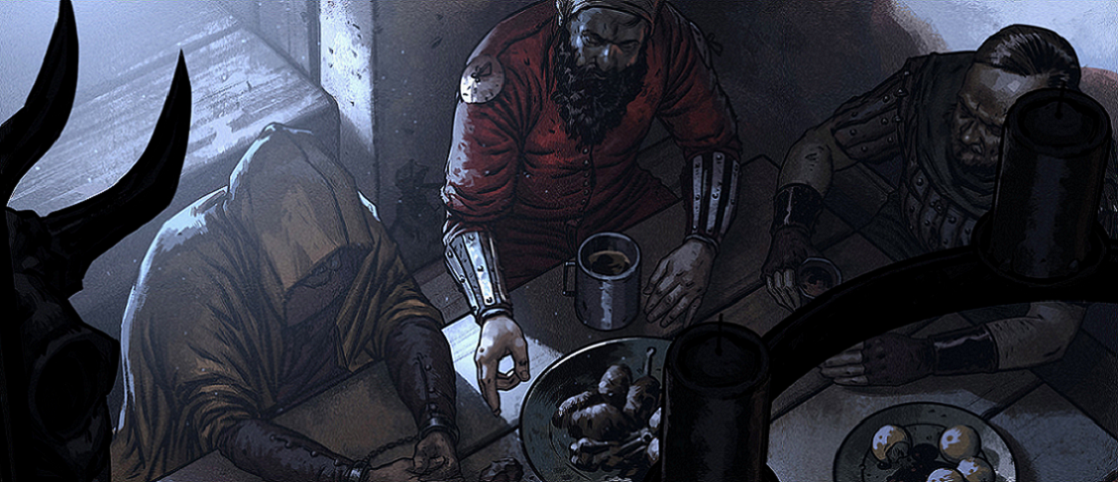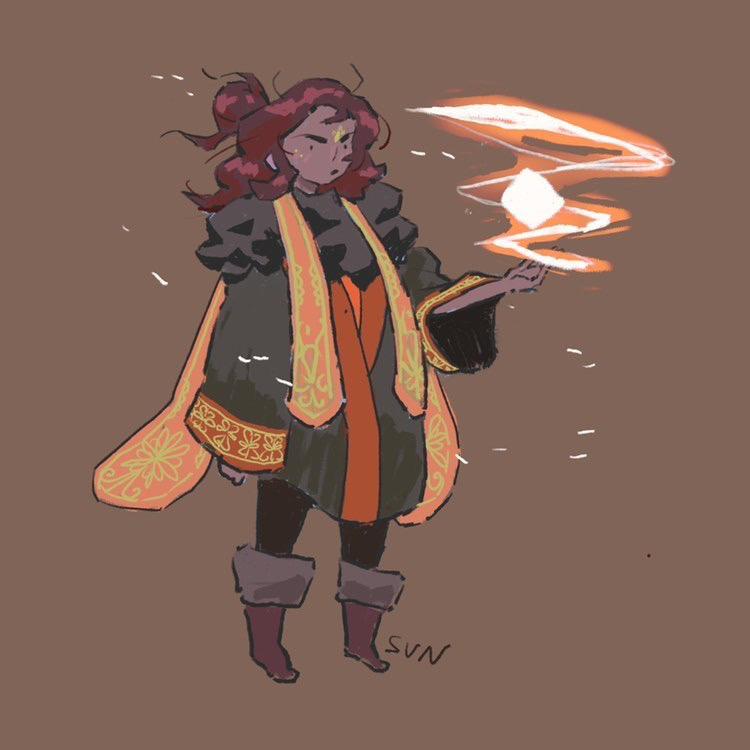Alternative Names
Imperial Deceitstones, Luckstones, Mindstones, Mortalstones, Sandstones, Scalestones, Slavestones, Soulstones, Swindlestones, Trickstones
For Information on Gambling Halls and Dens, as well as the two Deceitstone Cults;
Mythology
The two ideologies of Deceitstones exist depending on a player's personal views of the game whether it is one of luck, or one of skill and deception. As such, these fall into the domains of the opposing sibling-gods Effe and Pashna. As such, many myths have arose throughout the Mortal Realm depicting Effe and Pashna playing over a game of Deceitstones.
Pashna is a known and famous Realmwalker, with many legends depicting Him taking trips to where he shouldn't so that He could learn more about the Realms and races of the Great Dance as well as how to play with them. Some educated cultists of Pashna suggest He is the true reason why the game is so widespread throughout the Realms. Pashna often forces himself into timed comas so that He may walk throughout Somnium Realm and speak with His trapped sister Effe.
Two tales speak of a gambit made between Effe and Pashna over which ideology was the correct interpretation of Deceitstones, each tale describing a different outcome. For the worshippers of Miss Fortune, Effe won the game of Deceitstones and earned Her right to have a Demi-God despite being physically in a coma which would become Garamose. For the worshippers of the Trickster God, Pashna won the game and earned the right to influence someone on the Mortal Realm.
The Mad Emperor Sarrus VIII von Apollyon (r. 3E 719 - 769), child of Emperor Bridgett, became enthralled by the game as a result of Pashna's victory, it dominating every minute of his day while he gave all the decisions of the Midlandian Empire to the imperial court. After this descent into obsession, Emperor Sarrus VIII made one and only declaration, that the dice game should forevermore be known as "Imperial Deceitstones" and should anyone not refer to it as it's full name the person should be executed without trial. This law stayed in place until the collapse of the Midlandian Empire during the reign of his son Emperor Sarrus IX von Apollyon (r. 3E 770 - 792).







It's a neat piece with an indepth story. Have you played the game before? :]
I have actually! It's a form of Liar's Dice but I don't know the official name of this one, just played it when I was younger :D